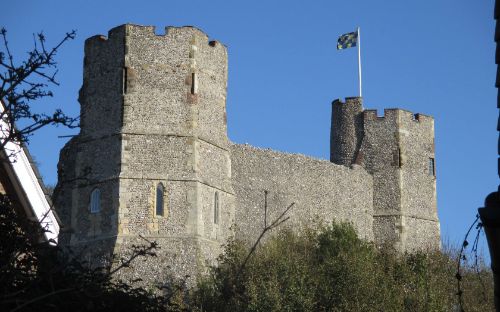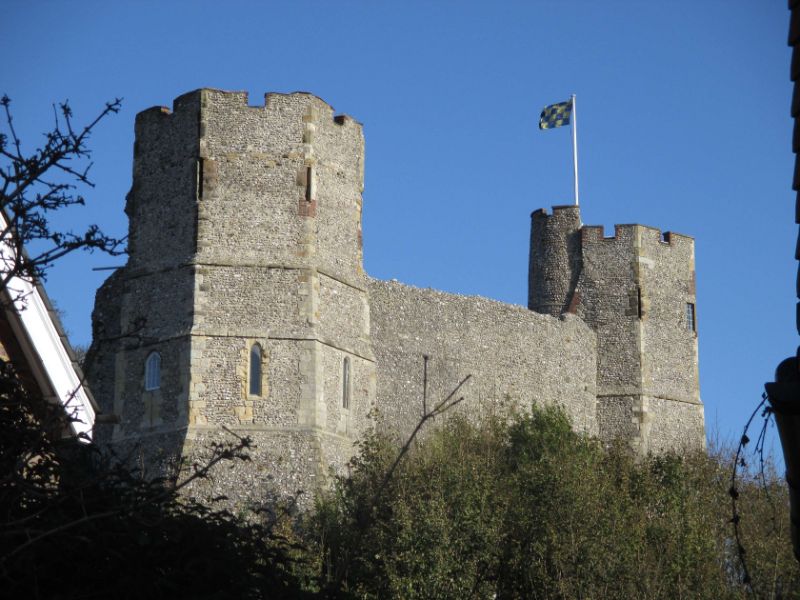Lewes Castle and Barbican House Museum and its collection
Lewes Castle, originally known as Bray Castle, is a medieval structure located in the town of Lewes in East Sussex, England. It holds a significant position in the town, guarding the gap in the South Downs cut by the River Ouse. The castle is constructed from local limestone and flint blocks, reflecting the natural resources of the region.
Unique Design of Lewes Castle
Lewes Castle is unique in its design, following a motte and bailey structure but with two mottes, a feature shared only by Lincoln Castle in England. The first motte, known as Brack Mount, was completed shortly after the Norman Conquest of England in 1066, and the second motte, known as the Keep, was completed in the late 11th century.
Ownership of Lewes Castle
The Sussex Archaeological Society leased Lewes Castle from 1850, and it was later acquired by Charles Thomas-Stanford. In 1922, Thomas-Stanford gifted the castle to the Sussex Archaeological Society, where it remains under their care to this day.
History & Anthropology Castle Medieval art & Early Renaissance art






